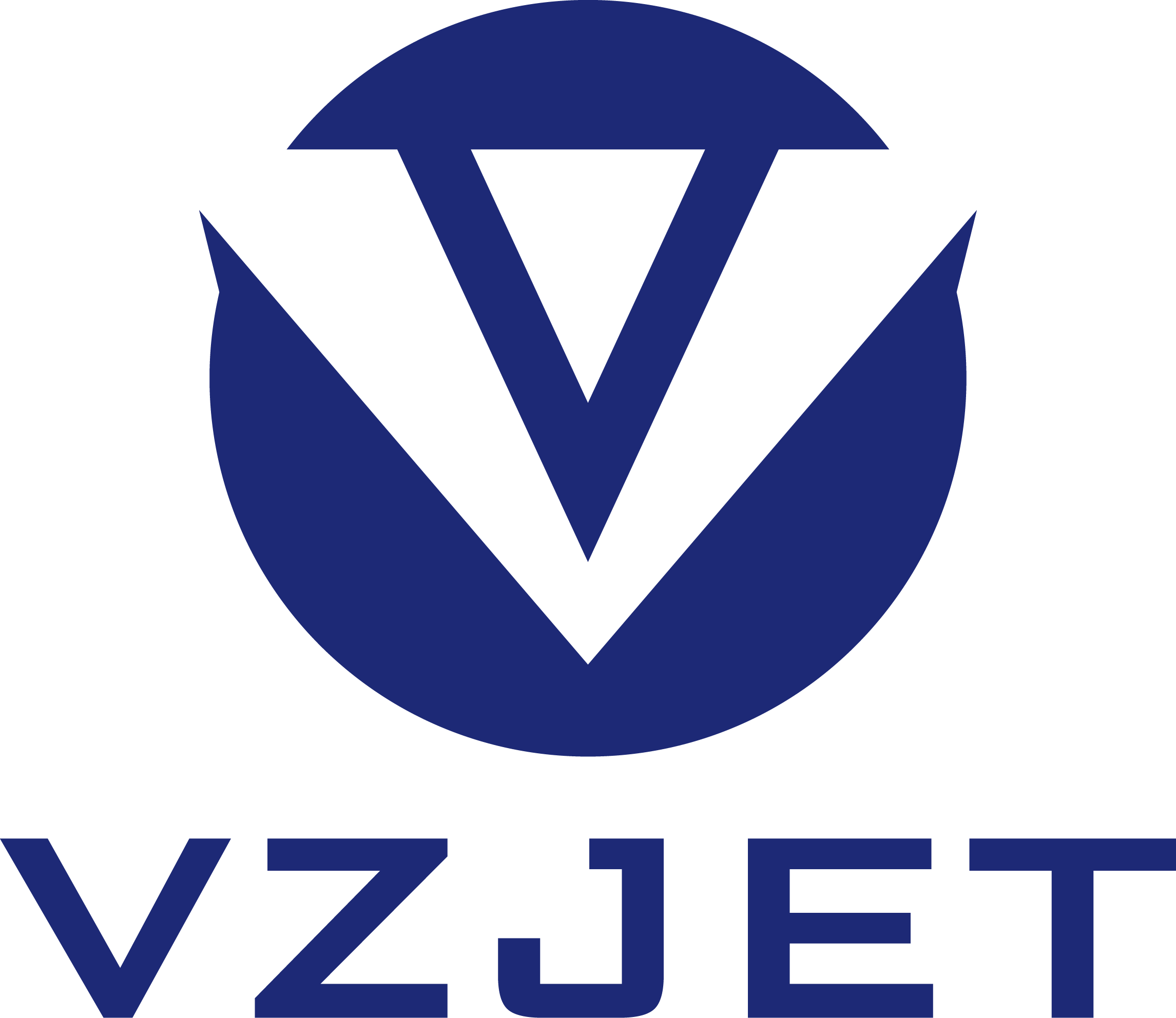Information
Unlocking the Potential of Flying Laser Coding Printers in Consumer Electronics
04 Oct,2025
Flying laser coding printers represent a significant advancement in the field of printing technology, particularly in the consumer electronics and office equipment sectors. These printers utilize laser technology to permanently mark and code products, packaging, and labels. This approach is not only efficient but also provides high-quality outputs that are resistant to fading and abrasion.
One of the most notable features of flying laser coding printers is their ability to operate at high speeds. Unlike traditional printers that require a stop-and-go operation, flying laser printers can code on moving products. This capability dramatically increases throughput and reduces production bottlenecks. For manufacturers in the consumer electronics industry, this means that products can be coded with essential information, such as serial numbers or expiration dates, without interrupting the production line.
The technology behind flying laser coding printers involves high-precision lasers that can engrave or mark various materials, including plastics, metals, and paper. This versatility makes them an ideal choice for a wide range of applications, from coding electronic components to labeling packaging materials. The precision of laser printing also ensures that the codes remain legible and intact throughout the product's lifecycle, which is crucial for compliance with industry regulations and consumer safety.
Another advantage of flying laser coding printers is their minimal maintenance requirements. With fewer moving parts compared to ink-based printers, there is a reduced risk of wear and tear. This not only lowers operational costs but also decreases downtime, allowing businesses to maximize productivity. Furthermore, since laser printers do not use inks or solvents, they are more environmentally friendly, making them a favorable option for companies committed to sustainability.
For those considering the implementation of flying laser coding technology, it is essential to assess the specific needs of your production process. Factors such as the speed of the production line, the materials being printed on, and the required code readability standards should guide your decision-making. Additionally, investing in training for operators can ensure that the equipment is utilized to its fullest potential, leading to even greater efficiencies.
In summary, flying laser coding printers offer a robust solution for businesses in the consumer electronics sector. Their high-speed operation, precision, low maintenance, and environmental benefits make them an attractive choice for modern manufacturing. As technology continues to evolve, the integration of flying laser coding printers into your production processes can set your business apart, ensuring that you meet compliance standards while enhancing product quality and operational efficiency.
One of the most notable features of flying laser coding printers is their ability to operate at high speeds. Unlike traditional printers that require a stop-and-go operation, flying laser printers can code on moving products. This capability dramatically increases throughput and reduces production bottlenecks. For manufacturers in the consumer electronics industry, this means that products can be coded with essential information, such as serial numbers or expiration dates, without interrupting the production line.
The technology behind flying laser coding printers involves high-precision lasers that can engrave or mark various materials, including plastics, metals, and paper. This versatility makes them an ideal choice for a wide range of applications, from coding electronic components to labeling packaging materials. The precision of laser printing also ensures that the codes remain legible and intact throughout the product's lifecycle, which is crucial for compliance with industry regulations and consumer safety.
Another advantage of flying laser coding printers is their minimal maintenance requirements. With fewer moving parts compared to ink-based printers, there is a reduced risk of wear and tear. This not only lowers operational costs but also decreases downtime, allowing businesses to maximize productivity. Furthermore, since laser printers do not use inks or solvents, they are more environmentally friendly, making them a favorable option for companies committed to sustainability.
For those considering the implementation of flying laser coding technology, it is essential to assess the specific needs of your production process. Factors such as the speed of the production line, the materials being printed on, and the required code readability standards should guide your decision-making. Additionally, investing in training for operators can ensure that the equipment is utilized to its fullest potential, leading to even greater efficiencies.
In summary, flying laser coding printers offer a robust solution for businesses in the consumer electronics sector. Their high-speed operation, precision, low maintenance, and environmental benefits make them an attractive choice for modern manufacturing. As technology continues to evolve, the integration of flying laser coding printers into your production processes can set your business apart, ensuring that you meet compliance standards while enhancing product quality and operational efficiency.
04 Oct,2025
Classification:
Information
Latest Contents







